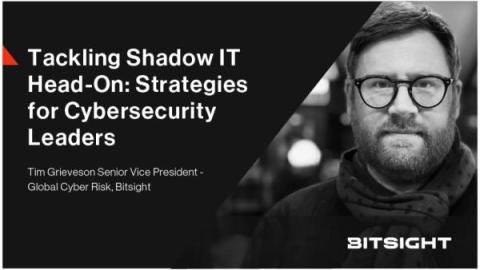Tackling Shadow IT Head-On: Strategies for Cybersecurity Leaders
As cybersecurity leaders, we're all too familiar with the challenges posed by Shadow IT—a persistent thorn in the side of IT and security teams worldwide. And when high-profile supply chain attacks make headlines, the urgency to understand our reliance on third parties becomes all too real.







